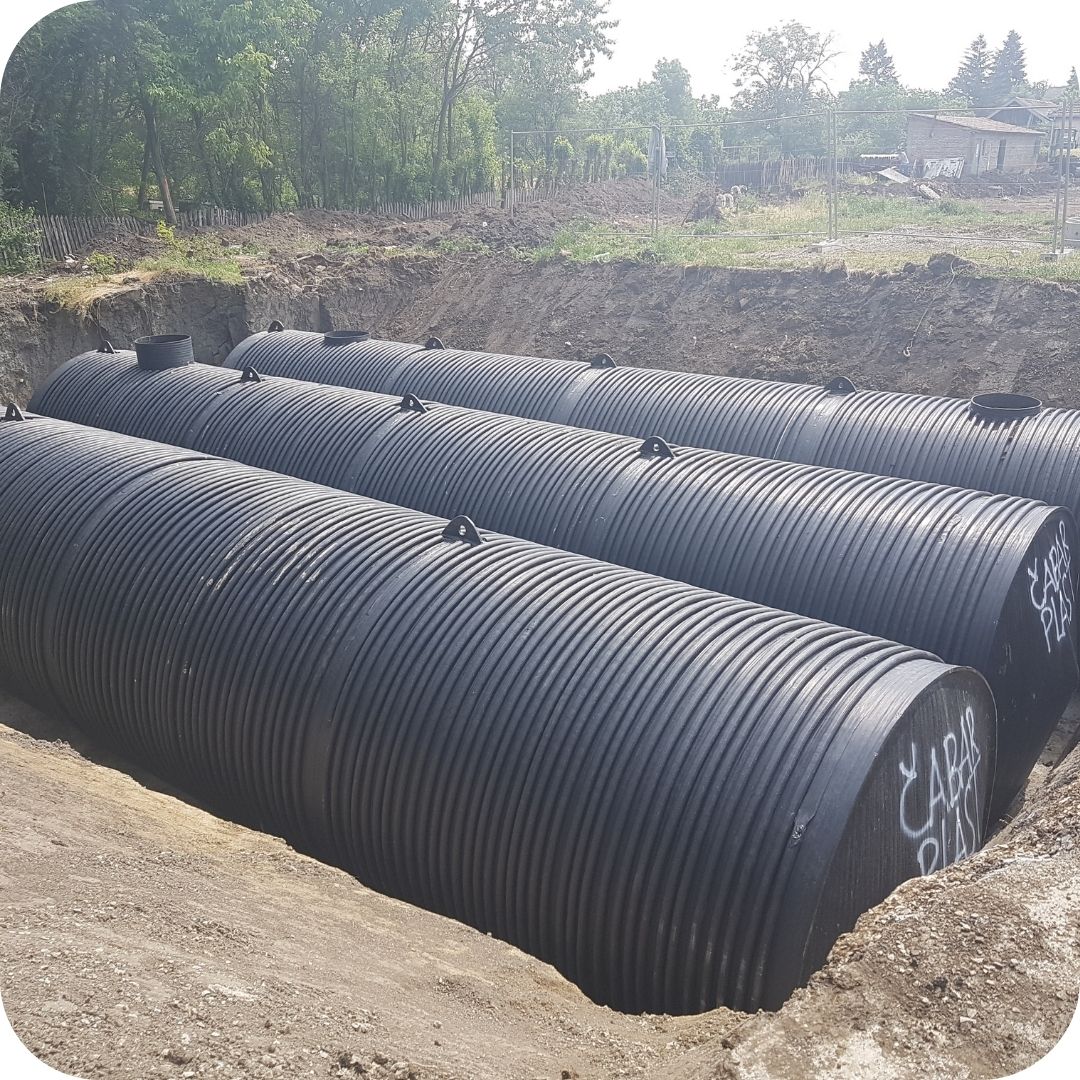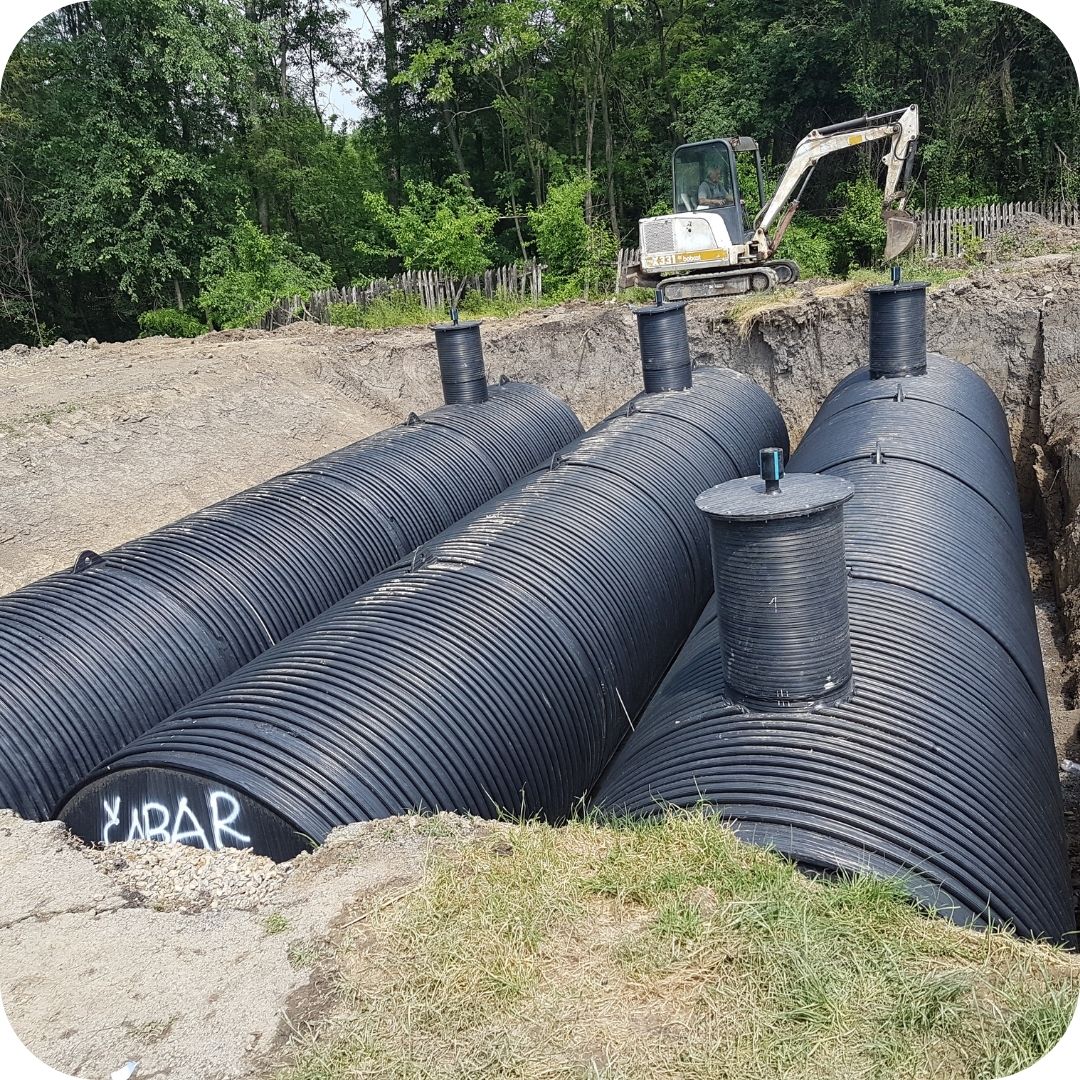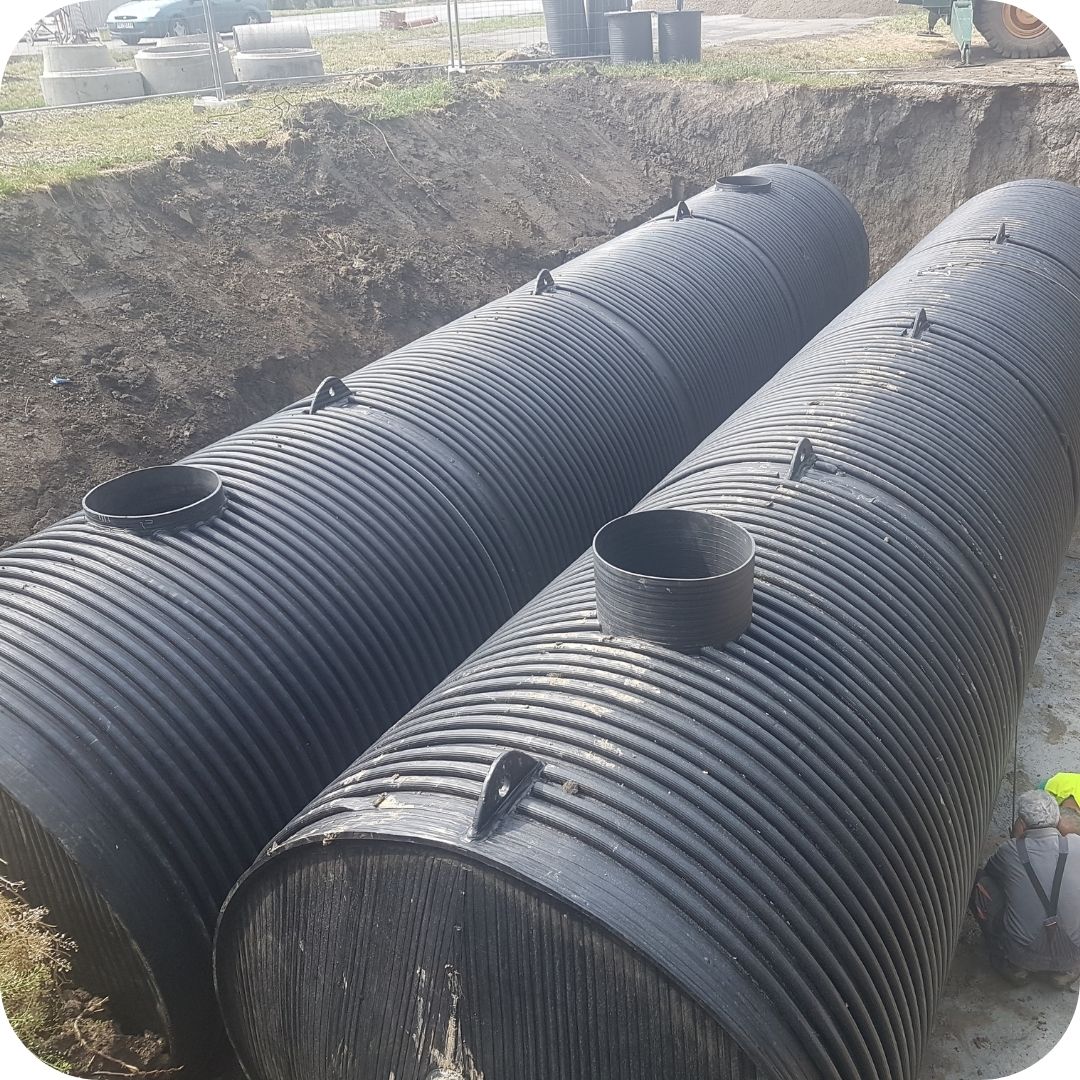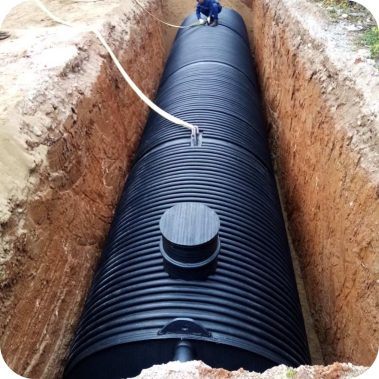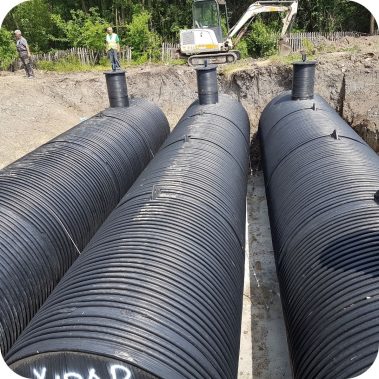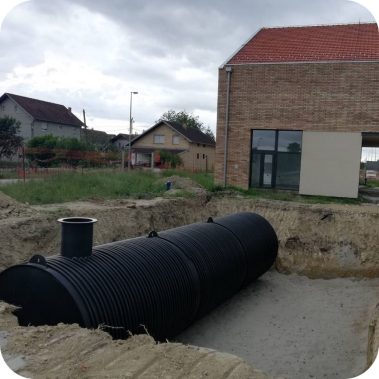When was the first septic tank created?
The first plastic septic tank, as we know it today, is not clearly defined by the date of creation, as the development of plastic septic tanks occurred gradually with advancements in the production and processing of plastics. Materials such as high-density polyethylene (HDPE) and polypropylene (PP), which are common today for making plastic septic tanks, only became widely available during the second half of the 20th century.
The first patent for a septic tank was issued in 1881 to the Frenchman Jean-Louis Mouras. However, this was not a plastic septic tank, but an early form of septic system that used natural materials since 1860. The development and commercialization of plastic septic tanks began much later, only in the second half of the 20th century, when plastic manufacturing technologies improved and the advantages of using plastics for this application were recognized, including corrosion resistance, ease of installation, and long lifespan.
Therefore, although there is no exact date when the first plastic septic tank was made, it can be assumed that it occurred several decades after the introduction of modern plastic materials into mass production.
Čabar plast septic tanks are also resistant to the effects of groundwater. Čabar plast septic tanks proved themselves best during the May 2014 floods because they did not overflow and spill, which means they do not leak water either from the inside or outside. Therefore, they are ideal in preserving human living space and protecting the environment.







